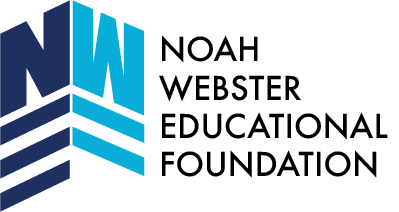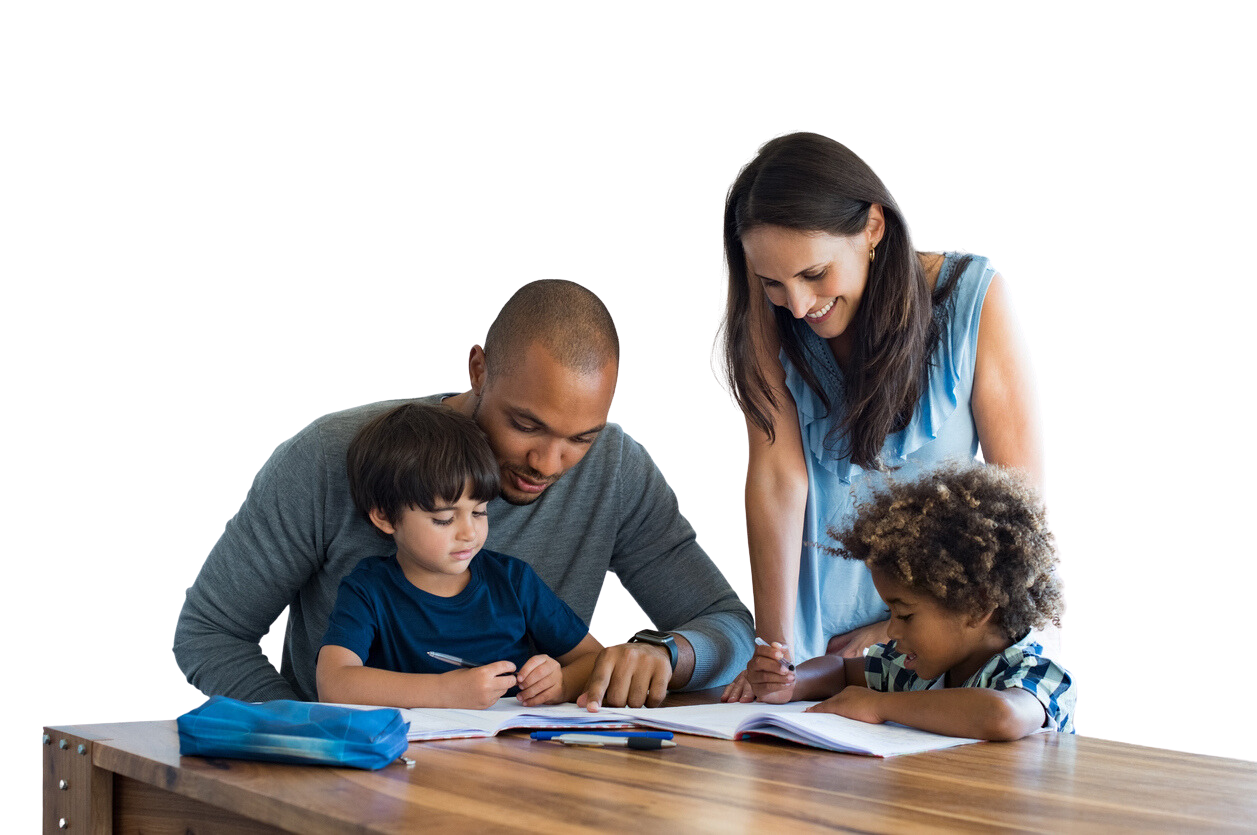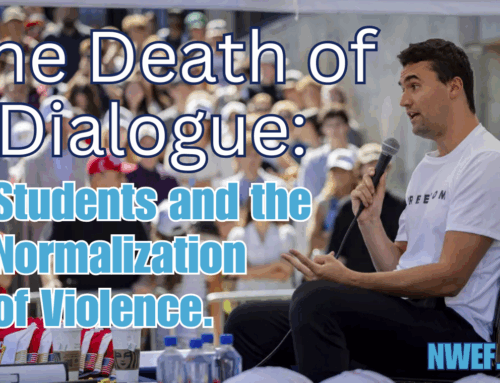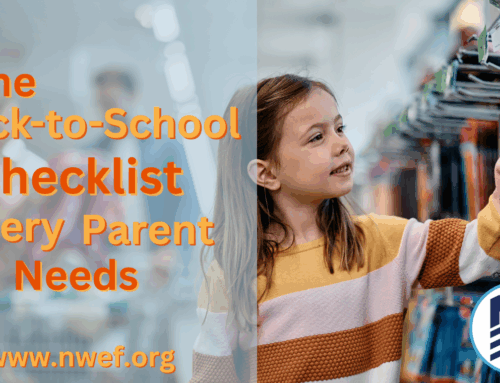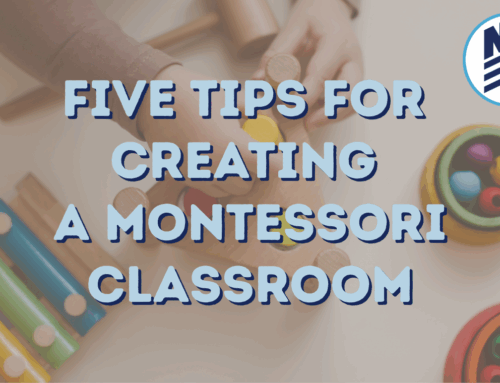
The Political Nature of Education: How Do We Find the Balance?
Education has always been a hot-button issue. It certainly can be primarily neutral, but let’s face it: it rarely is, even with the most well-intentioned educator. Instead, it often, if not always, carried political undertones. And that’s not just opinion—it’s a fact played out daily, from school board meetings to national debates over curriculum standards. Education is political in nature.
Who’s worldview reigns supreme over the classroom matters. There is objective truth, and then there’s subjective truth – which isn’t actually truth but an individual’s perspective clouded by presuppositions, agendas, background, and beliefs.
Worldview even dictates what’s considered education and what isn’t. What classes should be included in public schools, and which classes cross the line? What should be left to the parents, and what’s appropriate for schools to address? What is OK at school, and what isn’t appropriate on school grounds? Where does education end and indoctrination begin?
How do we balance teaching what’s true and correct with ensuring that freedom of thought isn’t just a talking point but a reality? Whose truth do we teach? What viewpoint rules the classroom?
It’s a tightrope walk; right now, it feels like we’re wobbling dangerously.
The Politics of the Classroom
Let’s start with the obvious: education nearly always reveals the educators’ worldview. From the books they choose to use to the historical events they emphasize (or downplay), every decision reflects a set of values.
How we teach about slavery, the Founding Fathers, colonization, religious events, women’s suffrage, or even the Cold War isn’t just about facts; it’s about interpretation. And those interpretations often align with political ideologies. In recent years, even math has come under political scrutiny as Common Core entered the arena, bringing conflict and hot debate with it.
This isn’t a new phenomenon. Education has always been a battleground for competing worldviews. The first public school was established in America in 1647 with a very Christian flare. It was established through the Old Deluder Satan Act – a distinctly religious legislative move. From the beginning of our history, ideological foundations have mixed with the frothy currents of education.
Horace Mann, the “father of American progressive education,” recognized this tendency. In his speech, The Necessity of Education in a Republican Government, Mann stated, “…beginning at what point we will…we shall find that education is intimately related to every good, and to every evil, which, as mortal, or as immortal beings, we can desire or dread.”
Mann wasn’t wrong. Education inherently teaches values, and even Mann’s vision for education wasn’t value-neutral; it reflected a particular perspective on what “moral” meant. Fast-forward to today, and we’re still debating whose morals and ideals should take center stage.
The Truth: How Do We Get There?
Now, here’s where things get tricky. If education is often political, does that mean the truth is out the window? Of course not. There are objective facts—2 + 2 will always equal 4 (regardless of whether or not that’s perceived as racist). But when we move beyond these basics, things get murkier. Historical narratives, scientific theories, and even literature interpretations can be up for grabs.
Take evolution, for example. Many Christians feel conflicted about how it’s taught in schools. There’s room for dialogue between science and faith, but public schools often shy away from this nuance. Instead, they present one narrative based on a theory as definitive, excluding other perspectives.
The National Review notes how difficult neutrality in education is. “…public schools cannot treat all people equally…If public schools include devotional religion, they violate the Constitution’s establishment clause and render non-adherents second-class citizens. If they are not religious, they establish secularism, rendering religious families second-class and violating equality under the law.”
This quandary highlights just how political the very nature of our education system can be.
Freedom of Thought: A Non-Negotiable
If we’re going to talk about balance, we have to talk about freedom of thought. This isn’t just a conservative talking point; it is foundational to any meaningful education and is at the core of all classic liberal education. Without it, we’re not raising thinkers; we’re raising parrots.
Critical thinking is a vital concept in education. We can’t teach kids what to think. We must teach them how to think. This doesn’t mean that everyone involved will agree with everything taught, but it does mean that the classroom should engage with different ideas thoughtfully and respectfully. Students should be encouraged to question, explore, and discuss.
Public schools are responsible for creating an environment where students can investigate diverse viewpoints. Schools fail in their mission when they become echo chambers for one ideology.
Moving Forward: What Balance Looks Like
So, how do we balance between teaching truth and fostering freedom of thought? The simple fact is that, as the National Review stated earlier, a truly equal and neutral public education system is a proverbial unicorn: nonexistent. However, there’s always room for improvement, and there are steps we can take to improve our public school system in these areas:
- Transparency in Curriculum: Parents should know what their kids are taught. Transparency builds trust and allows for constructive dialogue. Groups like Parents Defending Education emphasize the importance of parental involvement.
- Diverse Resources: Schools should use materials that present multiple perspectives and encourage students to question the narrative.
- Encourage Critical Thinking: Instead of telling students what to think, teach them how to think. Ask open-ended questions and let them wrestle with tough issues. This approach respects their intellect and prepares them for the real world.
- Involve Parents: Parental involvement is a vital piece of the puzzle. From influencing the school board to encouraging education and critical thinking at home, parents are integral to combatting opposing political influence at school.
- Respect Religious Perspectives: Faith-based viewpoints shouldn’t be considered second-class in the classroom. While public schools may remain secular, they can and should acknowledge the positive and negative roles of religion in history, culture, and personal identity.
Conclusion
Education will always be political because it’s about shaping future citizens. The ideologies and worldviews of the educators will always seep in; that’s simply human nature.
The question isn’t whether politics will influence education but how we can ensure that influence promotes truth and freedom rather than dogma and division. We must advocate for schools that teach students to seek truth, think critically, and engage with diverse perspectives.
Ultimately, education isn’t just about filling heads with facts; it’s about shaping hearts and minds. Are we shaping them wisely?
